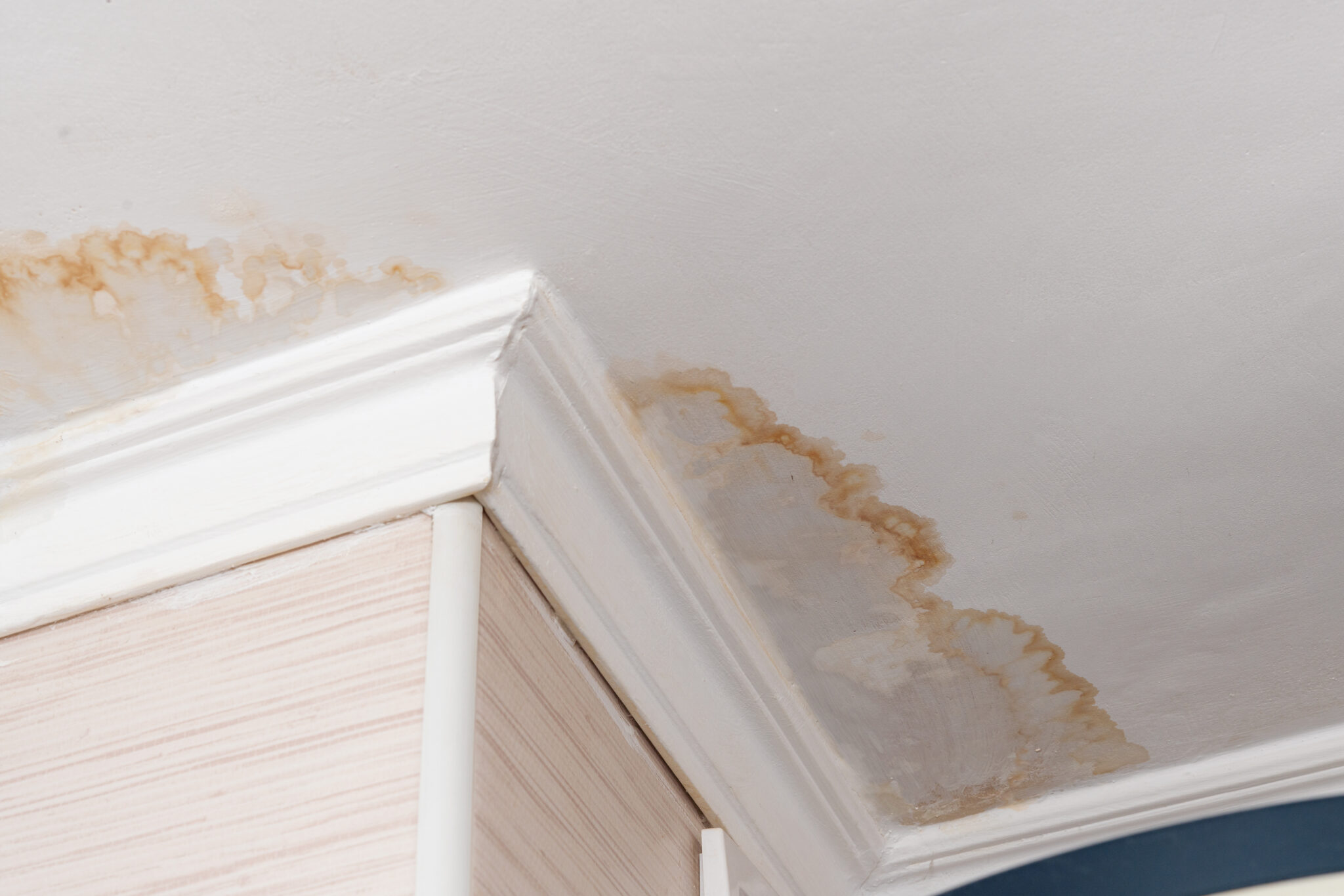A closer look at the causes of water infiltration: Is your roof really to blame?

Let’s explore the hidden causes of water infiltration that can affect your home
Water infiltration is a common problem that can cause considerable damage to your home. Infiltrations can have multiple and diverse origins, but most are related to structural problems and the use of inadequate plumbing equipment.
They can be caused by leaky roofs, bubbling pipes or crumbling walls. Water infiltration is often difficult to identify and resolve. Fortunately, there are ways to detect and correct infiltration problems. It is important to understand where and how water infiltration occurs and to identify the causes and possible solutions.
The multiple causes of water infiltration
The most common causes of infiltration in a house are the following:
- Leaks in the pipes
Hoses can wear out over time and leaks can occur. Pipes are typically exposed to extreme temperatures, chemicals and varying pressures, which can cause cracks and leaks. Leaks can occur inside or outside the home and a visual inspection can frequently reveal the presence of leaks. - Defective plumbing equipment
Faulty plumbing equipment can cause leaks. Faucets, valves, joints and fittings can deteriorate over time and allow water to pass through. - Leakage
Water infiltration can also occur if walls, ceilings and floors are not properly sealed. Walls can be damaged by moisture, flooding or poor installation, which can lead to infiltrations. - Defective roofs
Roofs that are poorly maintained or in poor condition can lead to seepage. Roof leaks can also be caused by high winds, heavy rainfall or storms. - Faulty drainage systems
Water infiltration can also occur if drainage systems are poorly maintained or defective. Clogged gutters, blocked drains and damaged drainage systems can lead to infiltrations. - Exterior sealants
Roof sealants are an essential component in the prevention of water infiltration and must be replaced regularly. The life of sealants depends on the material and climate, but generally most sealants should be replaced every 5 to 10 years. Exterior sealants are found around factory-built chimneys, plumbing flashings, dormers and windows, and should be inspected regularly to ensure that they are in good condition and not damaged. Worn or damaged seals must be replaced to prevent infiltration.
Detecting the signs and symptoms of infiltration
Identifying the causes of water infiltration in a home can be difficult. Homeowners need to be aware of the signs and symptoms of these problems so they can be addressed. The most common symptoms of water infiltration are:
- Moisture stains
Moisture stains are an indication of water infiltration. They can occur on walls, ceilings and floors and can be caused by leaking pipes, faulty plumbing equipment, poorly sealed walls and ceilings and defective roofs. - Moulds
Mold can develop because of moisture and indicates the presence of infiltration. Molds are microscopic fungi that grow in moist environments and can cause health problems. - Smells and sounds
Odors and sounds may indicate water infiltration. Unpleasant odors may indicate infiltrations into the home, while dripping sounds may indicate problems in the drainage systems.
Once the causes of infiltration have been identified, it is important to take immediate action to resolve them. Homeowners can solve some problems on their own, such as cleaning gutters or replacing joints and fittings. However, other problems may require professional help. Professional roofers can inspect plumbing and drainage systems and make necessary repairs.
The importance of resolving water infiltration fast
It is important to understand the causes and symptoms of water infiltration so that they can be identified and resolved quickly. By identifying and repairing the source, you can avoid costly damage. Homeowners should be aware of the signs and symptoms of water infiltration and take the necessary steps to repair it.